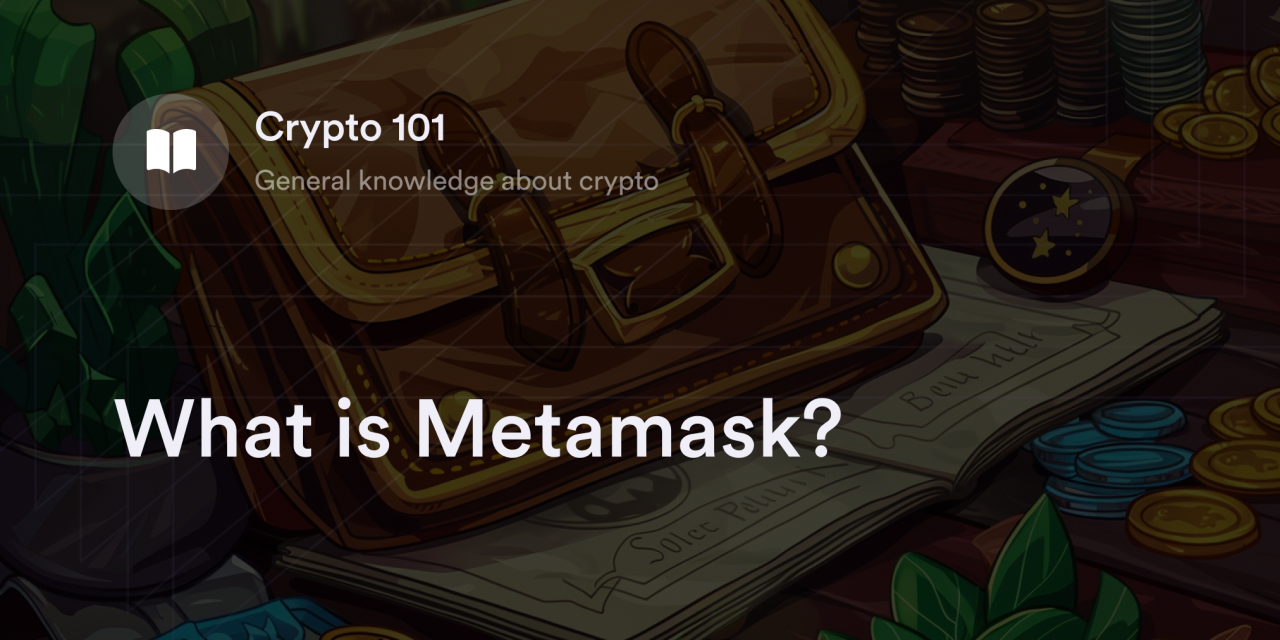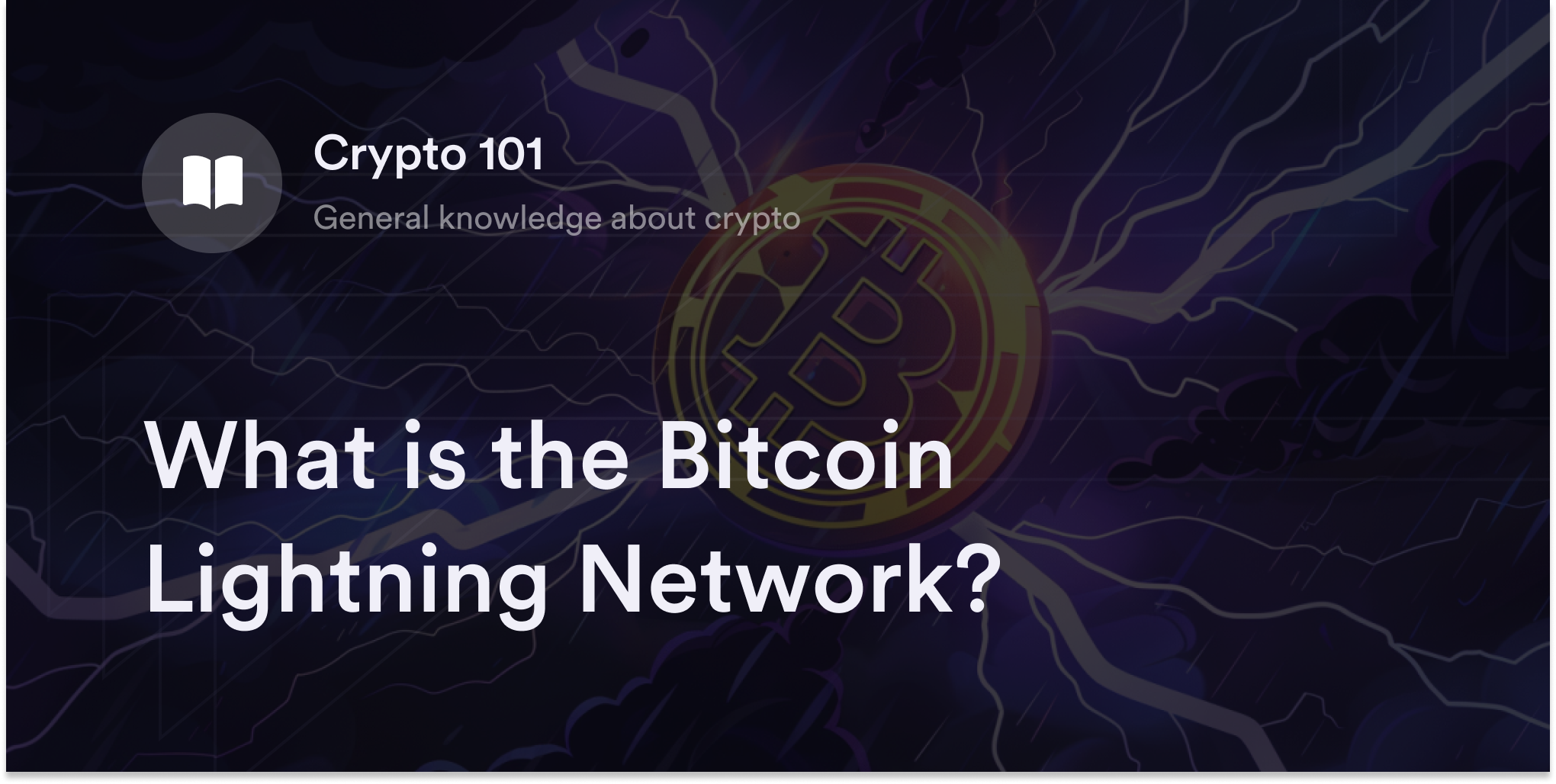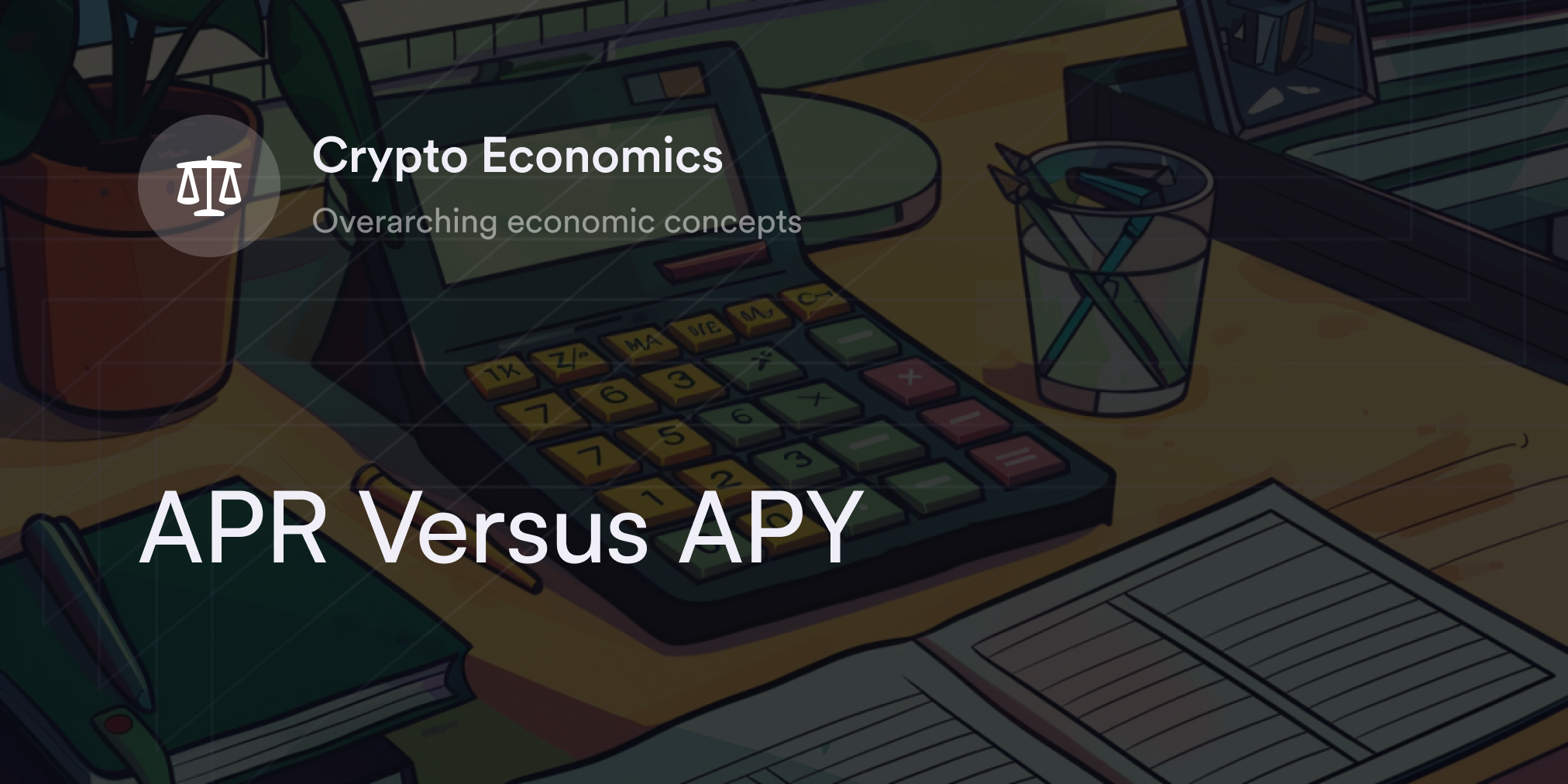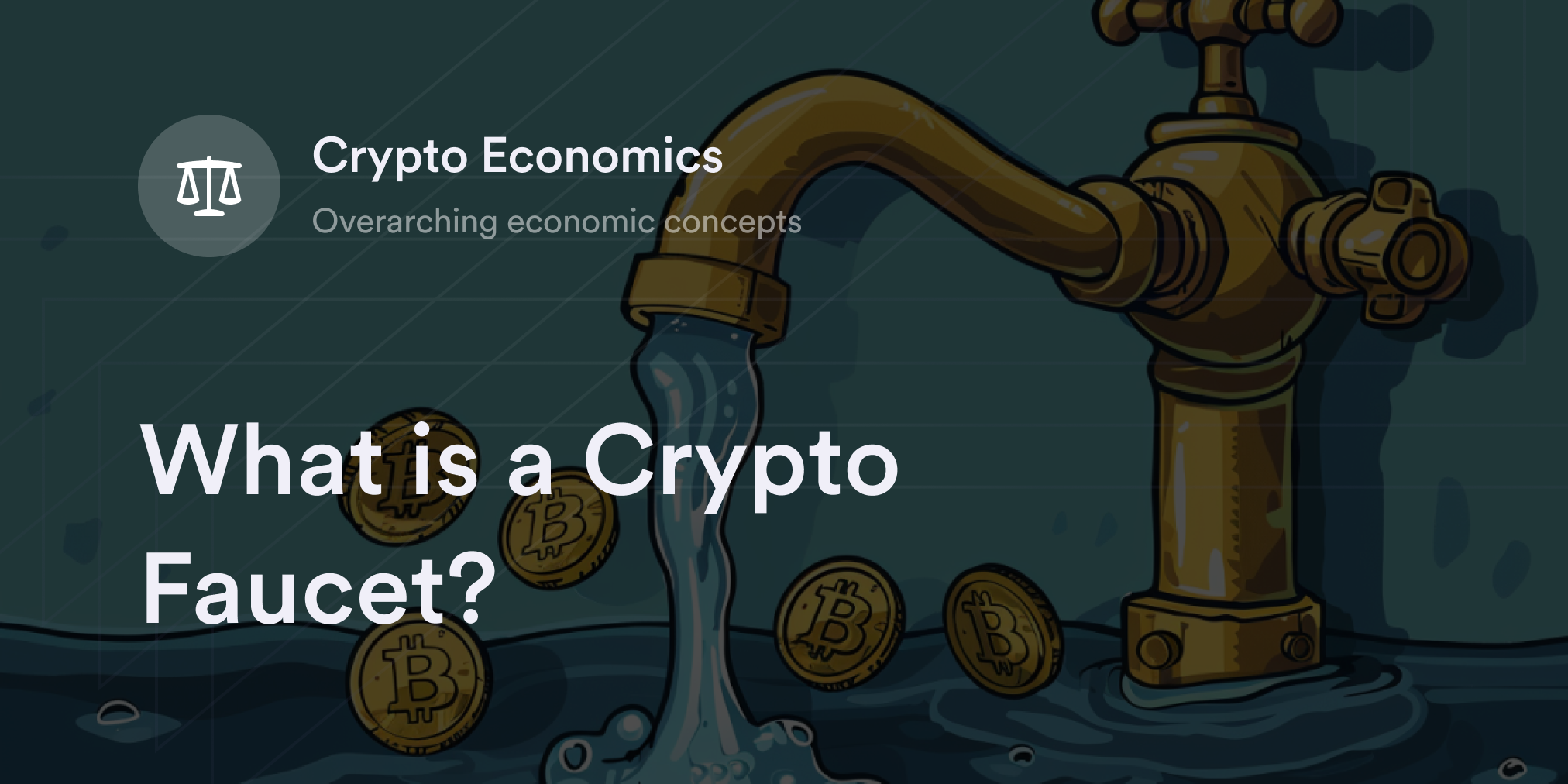


There's no shortage of crypto wallets for mobile and desktop, but one name towers above the competition: MetaMask.
With more than 30 million monthly active users, MetaMask is a mammoth in the crypto wallet category and often serves as a crypto trader's gateway into exciting Web3 fields like decentralized finance (DeFi) and non-fungible tokens (NFTs). To capitalize on its leading position, the MetaMask team constantly introduces upgrades to make the wallet’s service even more accessible to crypto enthusiasts.
For many traders, MetaMask remains a relatively simple way to buy, trade, and interact with Ethereum (ETH) applications, but there are a few limitations to review before downloading this acclaimed app. Here’s the story behind what MetaMask is, why it's so popular, and how to add its cute fox mascot on a supported web browser.
What is the MetaMask Wallet?
Created in 2016 by programmers Dan Finlay and Aaron Davis, MetaMask is free crypto wallet software that allows users to store, send, and use cryptocurrencies on the Ethereum network and Ethereum-compatible blockchains. Owned and maintained by New York-based Consensys, MetaMask initially launched as a desktop browser extension before releasing a mobile app for iOS and Android devices in 2020.
When traders download the desktop or mobile version of MetaMask, they are given a passcode called a private key. In crypto wallets, the private key allows users to exclusively access the crypto stored in that wallet. It also serves as a backup phrase in case traders lose access to their current wallet. For instance, if someone breaks an iPhone with their MetaMask app, they use the private key associated with their MetaMask to restore their account on a new iOS device. Since MetaMask gives users control over their private keys, it's in a category called self-custodial wallets.
Although MetaMask primarily works on the Ethereum blockchain, it continues to introduce integrations with many Ethereum-compatible networks. Besides Ethereum, a few other MetaMask-friendly blockchains include:
Arbitrum
Avalanche
Cronos
Fantom
Optimism
What are MetaMask’s Key Features?
MetaMask provides users a secure place to store their digital assets and send them on peer-to-peer (P2P) blockchains. It also boasts integrations with the hottest decentralized applications (dApps) and convenient in-app features to convert fiat currency into crypto.
Here are a few primary features:
Store crypto: The main purpose of every crypto wallet is to securely store a user's digital coins and tokens. However, MetaMask only accepts cryptocurrencies on Ethereum and Ethereum-compatible blockchains. You can’t send non-Ethereum-based assets like Bitcoin (BTC), Litecoin (LTC), or Solana (SOL) to a MetaMask address.
Transfer crypto assets: With MetaMask, you can send your crypto to fellow crypto users or dApps on decentralized blockchain protocols. You also get public key addresses for the cryptocurrencies available on MetaMask, which lets you deposit crypto on your digital wallet without revealing sensitive private info.
Link to hundreds of dApps: While dApps resemble apps on stores like Google Play, these new software applications run on blockchains and use self-executing programs called smart contracts. With smart contract technology, dApps don't need a third-party intermediary like a company or bank to approve transactions, which opens countless decentralized online experiences in fields like social media, video games, and finance. MetaMask connects to most dApps in the Ethereum ecosystem, providing a secure and seamless way to explore the new possibilities in Web3.
Buy and swap cryptocurrencies: While some traders prefer sending cryptocurrency to their MetaMask account from a preferred crypto exchange, there are ways to buy digital assets directly through MetaMask. On MetaMask's Buy tab, you can buy cryptocurrencies like ETH with ACH or wire transfers, PayPal, and credit or debit cards through third-party fiat-to-crypto services. MetaMask also has a built-in swap feature to instantly trade between thousands of cryptocurrencies.
How to Set up a MetaMask Wallet
Typically, setting up a MetaMask wallet on a desktop or mobile device only takes a few minutes. Just be sure to double-check you're on the official URL—metamask.io—before downloading this wallet. Due to MetaMask's popularity, countless crypto scammers have released malicious apps with similar names and designs.
Here’s how to get started:
To download MetaMask on your desktop, choose one of the following supported web browsers:
Brave
Chrome
Edge
Firefox
Opera
After this, click Set Up a New Wallet and create a unique password.
On the next screen, MetaMask will reveal a list of 12 words called a seed phrase, which is an easy-to-remember representation of the wallet's private key. Note: If you lose your MetaMask seed phrase, you won’t have a backup for your crypto wallet. Be sure to carefully write these words down on paper and keep in a secure place.
Finally, re-enter the phrase before completing the wallet setup.
If you download MetaMask on an iOS or Android device, you’ll follow the same process. The only difference is that you need to find the MetaMask app on the App Store or Google Play. For maximum safety, visit MetaMask's official website and find a link to the iOS or Android app to avoid fraudulent apps using the MetaMask name.
How to Use MetaMask
MetaMask’s website is pretty straightforward. On its main page, you’ll see your current ETH balance and buttons to buy, send, swap, and bridge cryptocurrency.
1. Buy
To buy, you’ll enter your country of residence and—if you live in a qualifying region—have the option to purchase select crypto assets with PayPal, a credit or debit card, or an ACH or wire transfer through a fiat-to-crypto service.
2. Send
To transfer crypto from a MetaMask account, hit the send button and paste the public key address associated with the same cryptocurrency into another crypto wallet. For example, if you want to send ETH from your MetaMask to your friend's wallet, you need the ETH public key to your friend’s account. Once you transfer ETH, your friend will have to copy their public key address at the top of their account's homepage and share it with you to successfully receive ETH in their wallet.
3. Swap and Bridge
You can also exchange cryptocurrencies in the MetaMask wallet via the swap feature or send them to another blockchain with the bridge feature.
How to Use MetaMask in dApps
If you want to use MetaMask in dApps like dYdX, follow the below steps:
Hit “connect wallet” on the dApp's website.
If the dApp accepts MetaMask, it will display a MetaMask option with the fox logo in its connect wallet feature.
Tap MetaMask, and the dApp will ask permission to link to a MetaMask account.
Hit “confirm” to link your MetaMask, and use the wallet on the dApp.
What are the Pros and Cons for Using MetaMask?
MetaMask is one of cryptocurrency's most successful software wallets, but it’s important to know the pros and cons before creating an account.
MetaMask Pros
Facilitates easy installation: MetaMask has a simple sign-up process on some of the world's most popular web browsers and mobile devices. As a bonus, creating a MetaMask wallet is free, and Consensys doesn't ask for personal info like a name, phone number, or home address to open an account.
Seamlessly connects with popular Ethereum dApps: Crypto traders interested in emerging blockchain fields like metaverse gaming, NFTs, and DeFi have access to the wide world of Web3 with a MetaMask wallet. Many of the most active Ethereum dApps—including Uniswap, OpenSea, and dYdX—link with MetaMask.
Links to hardware wallets: Traders who want extra security for their crypto assets can connect their MeatMask with a compatible hardware wallet like a Ledger, Trezor, or AirGap Vault. Hardware wallets keep the private key in offline storage, decreasing the odds of a hacker breaking into a crypto account.
Offers convenient fiat-to-crypto conversions: With MetaMask's Buy feature, users can add ETH and other popular cryptocurrencies to their accounts without using an exchange. Although MetaMask charges extra fees for this service, it's a convenient option for people who want fast and easy access to cryptocurrency.
MetaMask Cons
Only works with Ethereum-compatible blockchains: Currently, MetaMask doesn't work on blockchains outside the Ethereum ecosystem, so people holding digital assets on other chains need another cryptocurrency wallet. For instance, sending cryptocurrencies like Bitcoin, Cardano (ADA), or Dogecoin (DOGE) to a MetaMask account is impossible.
Isn’t as secure as a hardware device: As a software wallet, MetaMask is always online, making it more vulnerable to hacks than a high-quality hardware crypto wallet.
Prone to crypto scams: Due to MetaMask's immense success, scammers often use its name to steal crypto from victims. MetaMask users need to be extra vigilant about security issues, especially suspicious email messages asking for personal details. Since ConsenSys never asks for a wallet's seed phrase or sensitive info, users must treat these messages as crypto fraud.
Got MetaMask? It's Time to Try dYdX!
dYdX makes it easy for eligible traders with a MetaMask wallet to link their account and start trading crypto perpetual swaps. For convenience, dYdX also connects with dozens of other popular self-custodial crypto wallets, including Trust Wallet, Coinbase Wallet, and Rainbow Wallet. For a complete list of supported wallets, click the Connect Wallet tab on our decentralized exchange, and check out the latest news about dYdX's features on our blog.
dYdX also provides more beginner-friendly tutorials on crypto trading, safety, and wallet setup on dYdX Academy.
Eligible traders can start trading on dYdX today!
Disclaimer
The content of this article (the “Article”) is provided for general informational purposes only. Reference to any specific strategy, technique, product, service, or entity does not constitute an endorsement or recommendation by dYdX Trading Inc., or any affiliate, agent, or representative thereof (“dYdX”). Use of strategies, techniques, products or services referenced in this Article may involve material risks, including the risk of financial losses arising from the volatility, operational loss, or nonconsensual liquidation of digital assets. The content of this Article does not constitute, and should not be considered, construed, or relied upon as, financial advice, legal advice, tax advice, investment advice, or advice of any other nature; and the content of this Article is not an offer, solicitation or call to action to make any investment, or purchase any crypto asset, of any kind. dYdX makes no representation, assurance or guarantee as to the accuracy, completeness, timeliness, suitability, or validity of any information in this Article or any third-party website that may be linked to it. You are solely responsible for conducting independent research, performing due diligence, and/or seeking advice from a professional advisor prior to taking any financial, tax, legal, or investment action.
You may only use the dYdX Services in compliance with the dYdX Terms of Use available here, including the geographic restrictions therein.
Any applicable sponsorship in connection with this Article will be disclosed, and any reference to a sponsor in this Article is for disclosure purposes, or informational in nature, and in any event is not a call to action to make an investment, acquire a service or product, or purchase crypto assets. This Article does not offer the purchase or sale of any financial instruments or related services.
By accessing this Article and taking any action in connection with the information contained in this Article, you agree that dYdX is not responsible, directly or indirectly, for any errors, omissions, or delays related to this Article, or any damage, injury, or loss incurred in connection with use of or reliance on the content of this Article, including any specific strategy, technique, product, service, or entity that may be referenced in the Article.







